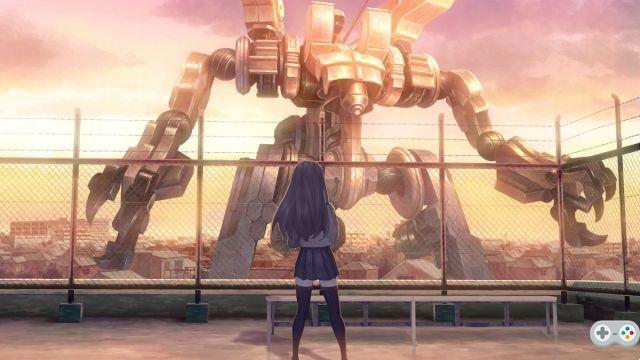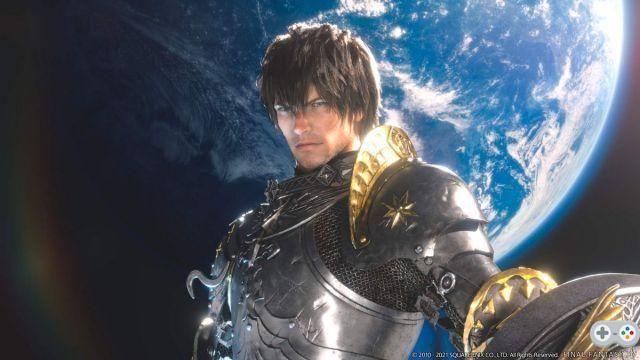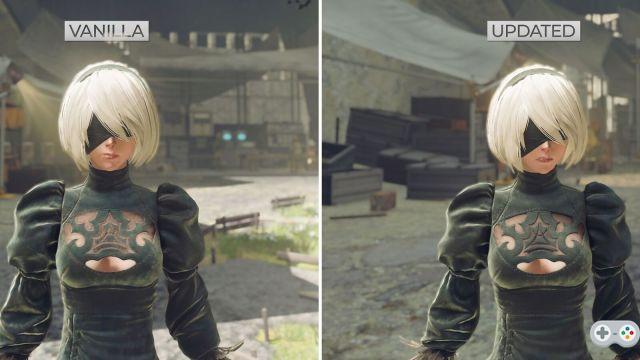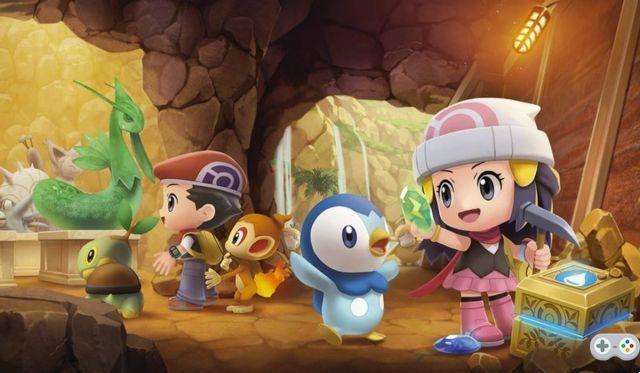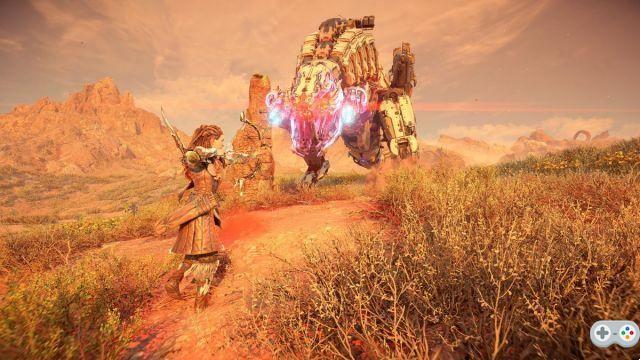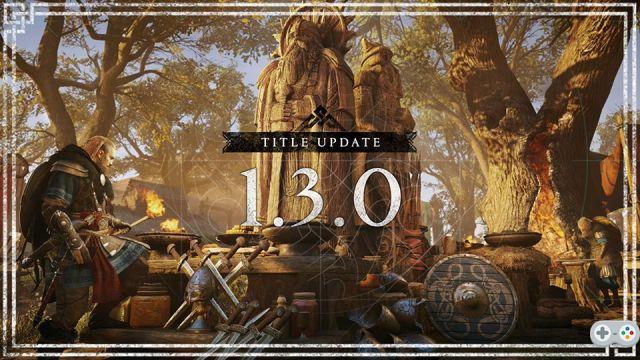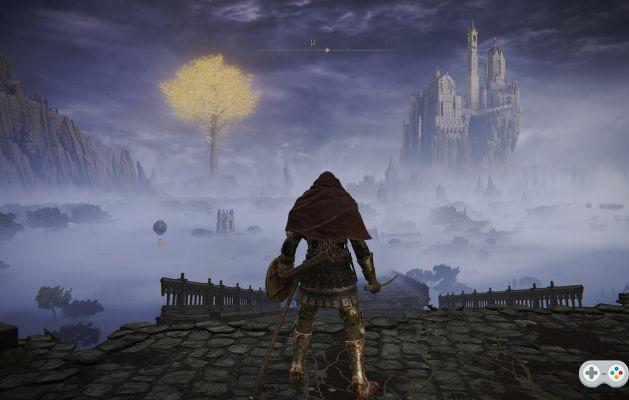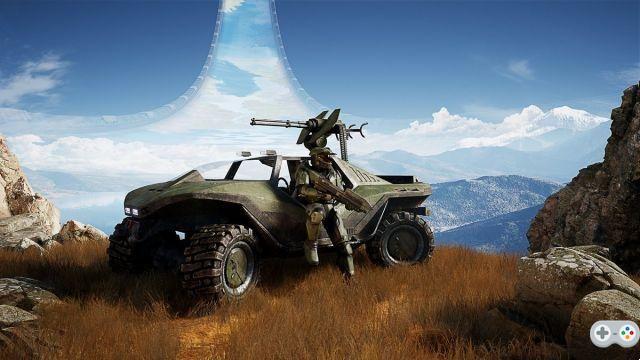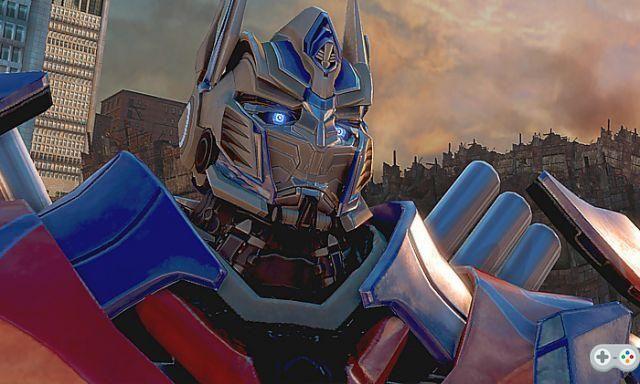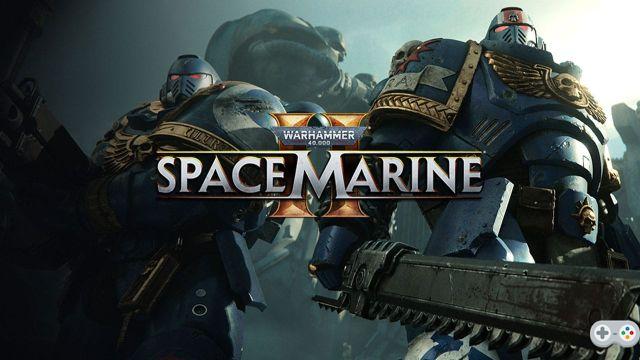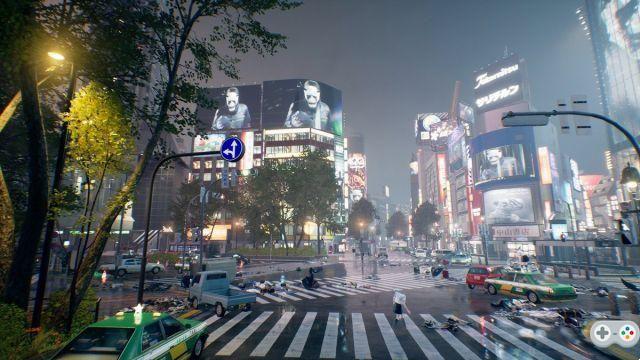
Microsoft's latest PlayStation 5 exclusive (wink wink) poses a key question: is an original proposition enough to transcend an outdated open-world scheme? You have 20 hours.
7
 See PriceRead ConclusionGhostwire: Tokyo
See PriceRead ConclusionGhostwire: Tokyo
- A fascinating play area
- Artistically mastered
- Flashy visual effects
- Some touching side quests
- …but which are not renewed enough
- Unnecessary filling and redundancies
- Movements a little soft
- A simplistic scenario, failed dialogues
After two episodes of The Evil Within with rather diverse fortunes, Tango Gameworks is broadening its horizons a little more with a particularly intriguing new license since its announcement in 2019. The view is now in the first person, Yokai and ghosts replace zombies, but the Bethesda studio (therefore Microsoft) continues to open its game space. Five years after Breath of the Wild and only a month after Elden Ring, does the open world of Ghostwire: Tokyo really have something relevant to tell? Yes and no.
Test conducted on PlayStation 5 using a code provided by the publisher, after 25 hours of play. Ghostwire: Tokyo is also available on PC, and the PS5 exclusivity of the game should last one year.
Head and legs
Shibuya is suddenly emptied of its inhabitants: an occult power is determined to take the world to a new dimension, and many spirits now inhabit the bubbling Tokyo district. Following a fatal car accident, young Akito is brought back to life by the spirit of KK, a paranormal investigator with powerful magical powers. The two entities are forced to live together to find their own redemption, but above all to thwart the vengeful plans of an antagonist as mysterious as it is dangerous.
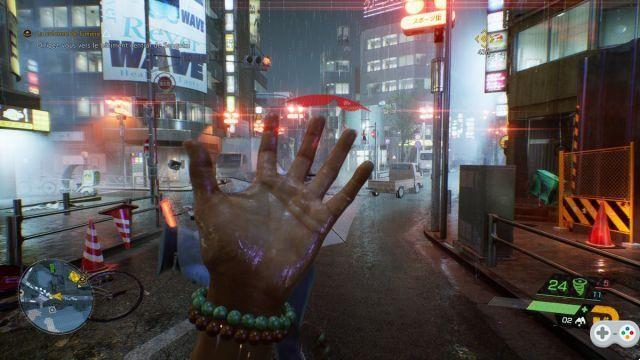
Like Auteuil and Chabat, Akito and KK live together for the better and for fun (no). Far from the buddy movies so dear to Hollywood since the 80s, Tango Gameworks never completely grasped its promising pitch. The cheesy dialogues follow one another, the stakes never really take off and the whole thing is taken a little too seriously. As we'll see, Ghostwire: Tokyo is fairly consistent in the way it waters down its good ideas, but it's particularly blatant on the narrative side. Neither comedy nor drama ever manages to pierce our small hearts, when everything was there for it. The intention is not worth the action.
The city as the only horizon
Shibuya's portrayal has more to say about Ghostwire: Tokyo than its dozens of soulless lines of dialogue. Contrary to the cinema, the Japanese video game appropriates little modern urban space on the angle of the imagination. The Silent Hill and Disaster Report series explore, each in their own way, other ways of considering the city as a space for play, and Ghostwire: Tokyo is now also coming to add its stone to the building.
The temples nestled in the middle of narrow streets, the greenery that overflows without warning from an omniscient concrete, the typical cacophony of Japanese shops, the gray and imposing buildings animated by gigantic screens, the endless construction sites: the Shibuya of Tango Gameworks perfectly transcribes the typical energy of the Japanese megalopolis, even though it is dispossessed of its inhabitants. Usually so clean, the town is now littered with recently worn clothes and wrecked cars, proof that something is seriously wrong. Usually, the brothel is very well organized there.
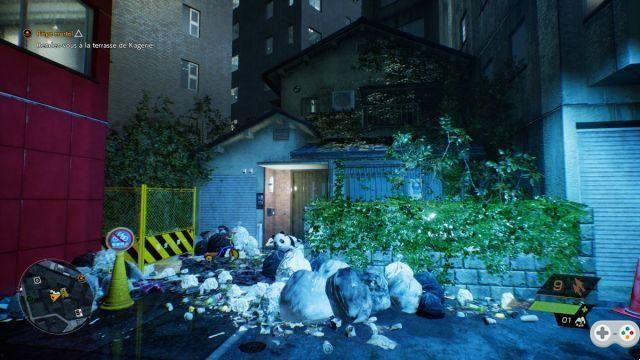
Vast, varied, and regularly laced with rain, the empty yet inhabited decorum of Ghostwire: Tokyo is quite mind-blowing to explore, as well as resonating eerily with recent events related to the COVID19 pandemic. We are here in the vertical virtuosity of Amer Béton, there in the suffocating intimacy of Kiyoshi Kurosawa's films. We touch the poetic descriptions of Murakami as much as the crazy delusions of Tokyo Tribe. At the same time very close and very far from reality, the playing field lets itself be tamed as we unlock new areas, purifying the tori as we have been capturing the towers of Far Cry for ten years already.
Catch them all!
The most teasing minds might say that Ghostwire: Tokyo is a Ubisoft game sprinkled with Japanese folklore. As charismatic and engaging as it is, the framework of the game is unfortunately based on a perfectly outdated model: main and secondary missions, points of interest and collectibles by the hundreds cleverly distributed to invite the barge to explore without ever forcing him to do so.
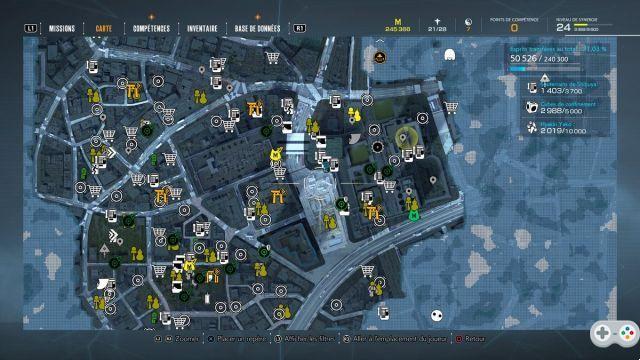
We relied a little on the many references to Japanese culture to pull us out of the usual torpor caused by this redundant and flawed model. This is partly the case: the discovery of the different yokai and the variety of the bestiary - between working men, headless schoolgirls and formidable Yurei - contribute greatly to the pleasure of the game during the first hours of the adventure. The Tengu which allow you to visit the tops of buildings, the Tanuki hidden in the decor, the Kappa, Kasa Okabe and Rokurokubi to capture, the side missions taking up certain Japanese urban legends: Tango Gameworks seems rather at ease with the Japanese culture of conceals it, and integrates it fairly well into the universe of its title.
The art of pulling strings
Once again, it is on the length that Ghostwire: Tokyo struggles to convince. The seams jump after about ten hours, when we understand that the same pattern is repeated ad nauseam. The activities, like the small dialogues between the two protagonists, then begin to turn wickedly in a loop. To make matters worse, that's when the combat system has the misfortune to start to run out of steam. You've probably already seen it on video, but the game's clashes offer an amazing mix of karate and Kuji-kiri-inspired magic. In reality, the three basic powers take on the characteristics of firearms typical of more classic FPS.
JVFR
The wind is a pistol, the water a shotgun and the fire a rocket launcher, each of which benefits from a secondary fire to charge at the risk of being vulnerable for a few seconds, at the mercy of the hordes of enemies that are move more or less quickly in your direction. The system is complete, spectacular and responds to all the situations posed by the game, well helped by Dual Sense vibrations (sometimes too) energetic. It is always very pleasant to vary the attacks to reveal the heart of the enemies in order to finish them off with a collective finish move which vaporizes them in one breath. Ether weaving is very classy, and provides great satisfaction after a series of hits that hit home.
This is a bit short, young man
Apart from these three basic possibilities and melee for emergency situations, not much to get your teeth into. A super power that is quickly forgotten, very incidental talismans to facilitate the stealthy approach or the fights, a perfectly useless bow except when our abilities are taken away from us at different times of the adventure: Tango tries to offer a range wide range of possibilities, without ever managing to reach the interest, the sensations and the satisfaction of the basic loop which is not renewed enough over time to maintain a certain interest.
Ghostwire: Tokyo, however, multiplies the efforts by offering a skill tree provided, but we are still unsatisfied. No big visually fantastic magic power to clear an area, no dash to boost movement a bit, impossible to use your grappling hook to twirl between waves of enemies: the possibilities of enriching the game system seemed within reach. tomorrow.
JVFR
Not very disabling during pure exploration phases as the spectacle offered by the scenery deserves a little lingering to stroll, the slowness of movement becomes downright problematic in combat when the enemies become more numerous, resistant and pressing. It's not so much that the game is difficult, with its almost unlimited health resources and the possibility of fleeing somehow from rather slow enemies. More velocity would simply have allowed the clashes to reach new spheres, both in their approach and in the pleasure we derive from them.
An unhealthy mind in a healthy body
Tango Gameworks has not managed to sufficiently renew its experience over time, but is also struggling to fit all of its ideas into its open world. Ghostwire: Tokyo is forced to make us live its few strong sequences - big fights, bosses and aesthetic flashes à la Evil Within - in a kind of parallel dimension, as if they had no place in the main framework of the adventure. . Always very talented when it comes to playing with our senses, with reversed or moving sets in which we venture instinctively, the studio is much less so when it comes to offering a logical continuity of his experience. As if we were being offered two fascinating worlds that were struggling to cohabit.
It's all the more unfortunate that the general aesthetics of the game largely make up for the few technical errors, the first of which are regular frame rate drops even in performance mode (the quality mode is difficult to play as it is, but let's wait for the day one patch to make a final opinion). The reflections in the puddles created by the showers that punctually punctuate our travels, the many visual effects produced by our weapons or the bodies of the enemies that we execute, the sets that are teeming with details: Ghostwire: Tokyo is often very pleasant to look at without benefiting from a particularly impressive technical base.
JVFR
The universe is given credibility by convincing Japanese dubbing, the sound effects are impeccable and the discreet music perfectly supports the action without ever overplaying the stakes, in addition to a haunting main theme to perfection. Ghostwire: Tokyo is not a horror game, but it does not pay into the big puppet by maintaining an excellent level of intensity and concern. Tango Gameworks probably wanted to make a copy more accessible. This is brilliantly successful in this regard.
Ghostwire: Tokyo, l'avis de JVFR
What do we remember after more than twenty hours of wandering around Shibuya? Magnificent rain-torn alleys, enticing visual effects, spectacular fights and some shocking sequences in line with previous Tango Gameworks games. With all the efforts made by the studio to create this fascinating game space that summons the many imaginations and traumas specific to the archipelago, Ghostwire: Tokyo seems out of breath from the halfway point. This academic and outdated approach to the open world, a certain lack of continuity and coherence in its proposal and a sadly banal scenario prevent it from completely convincing, and will inevitably tire those who will taste less of the game's aesthetic flashes. a play on its intentions, the voice of Ghostwire: Tokyo would carry much higher.
Ghostwire: Tokyo7
The fascinating open world of Ghostwire: Tokyo is unfortunately based on an outdated game design scheme, and its gameplay is struggling to renew itself over time. Fortunately, the proposal remains fun and original enough to convince action fans looking for a little new blood.Most
- A fascinating play area
- Artistically mastered
- Flashy visual effects
- Some touching side quests
- Convincing Japanese dubbing
- Effective and spectacular fights...
The lessers
- …but which are not renewed enough
- Unnecessary filling and redundancies
- Movements a little soft
- A simplistic scenario, failed dialogues
- Some framerate issues





